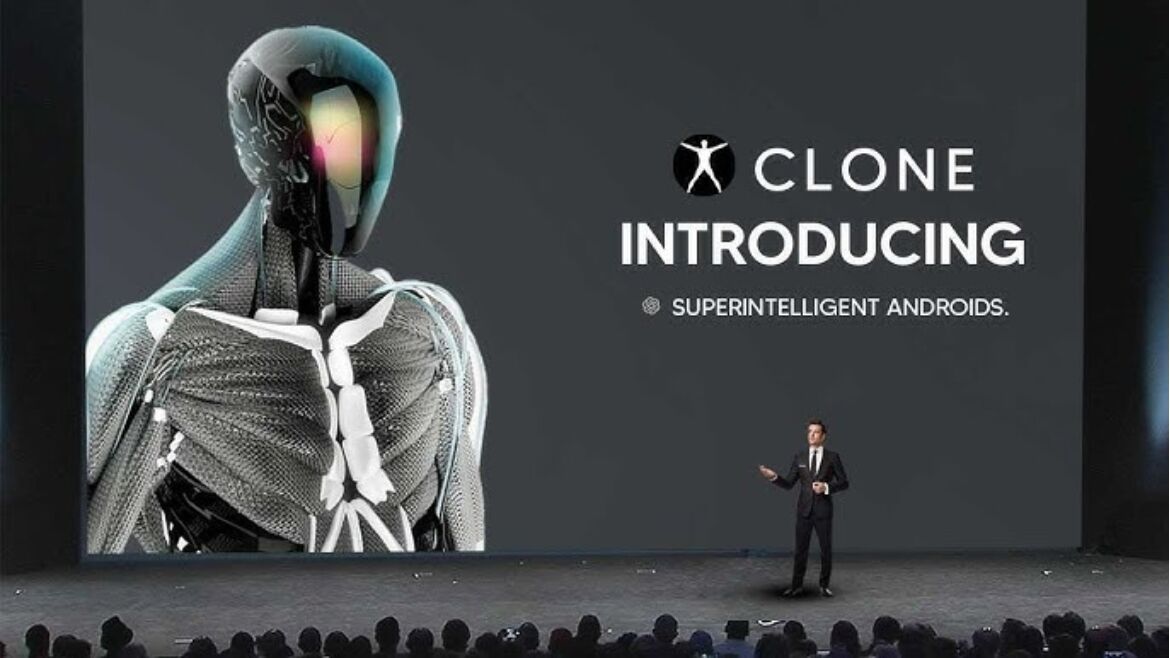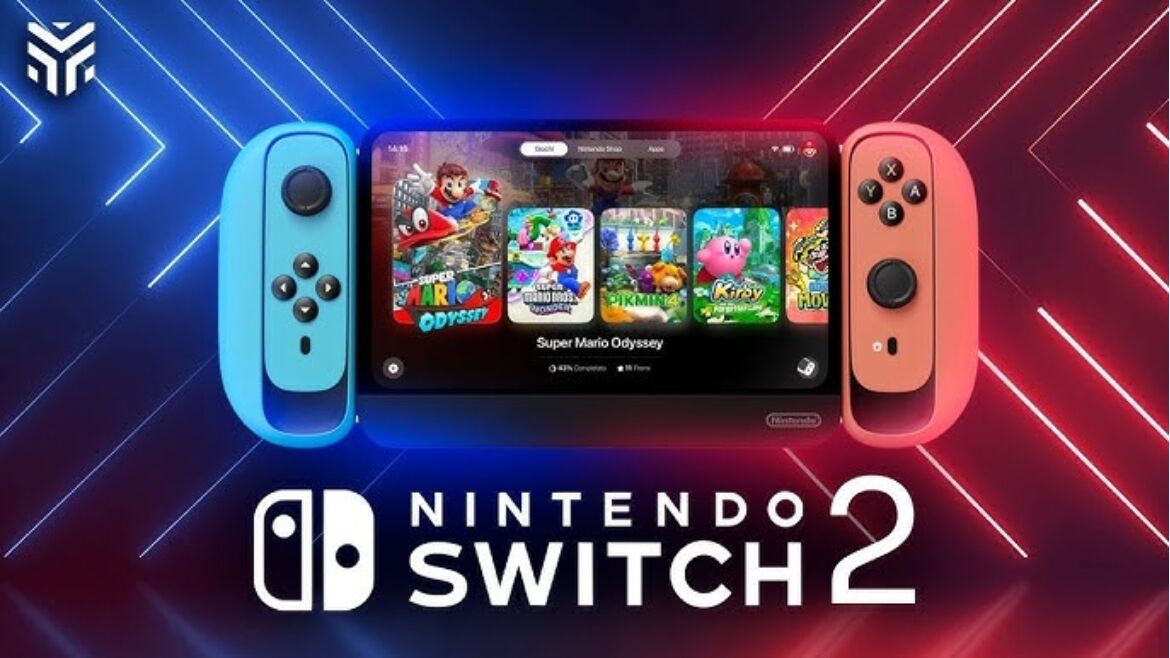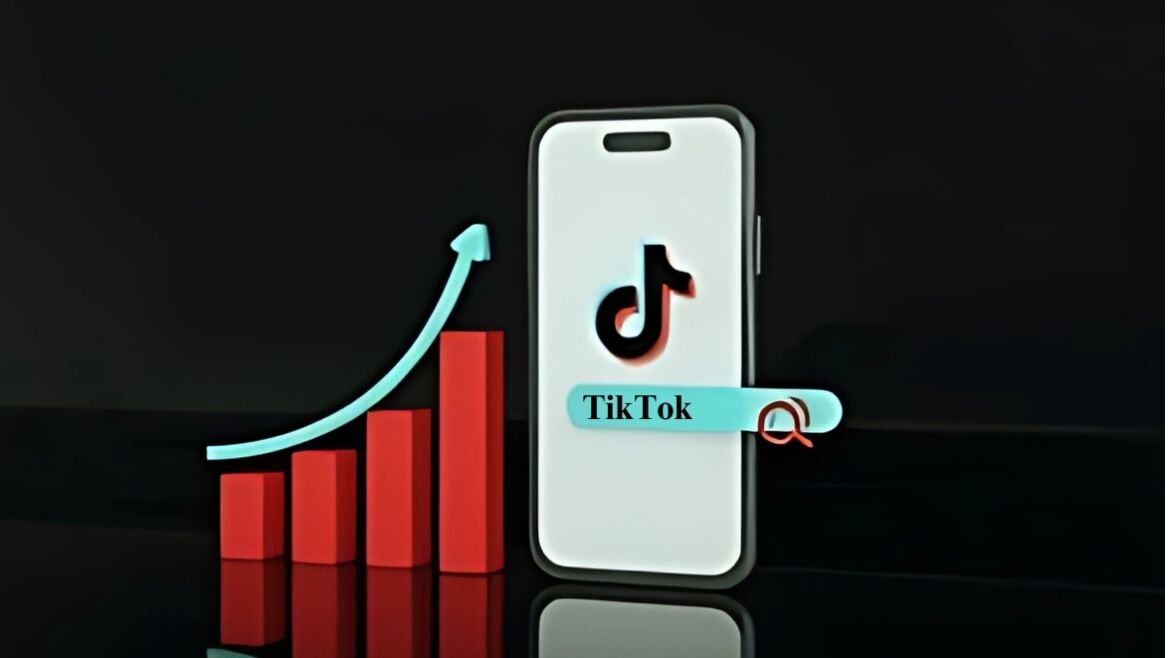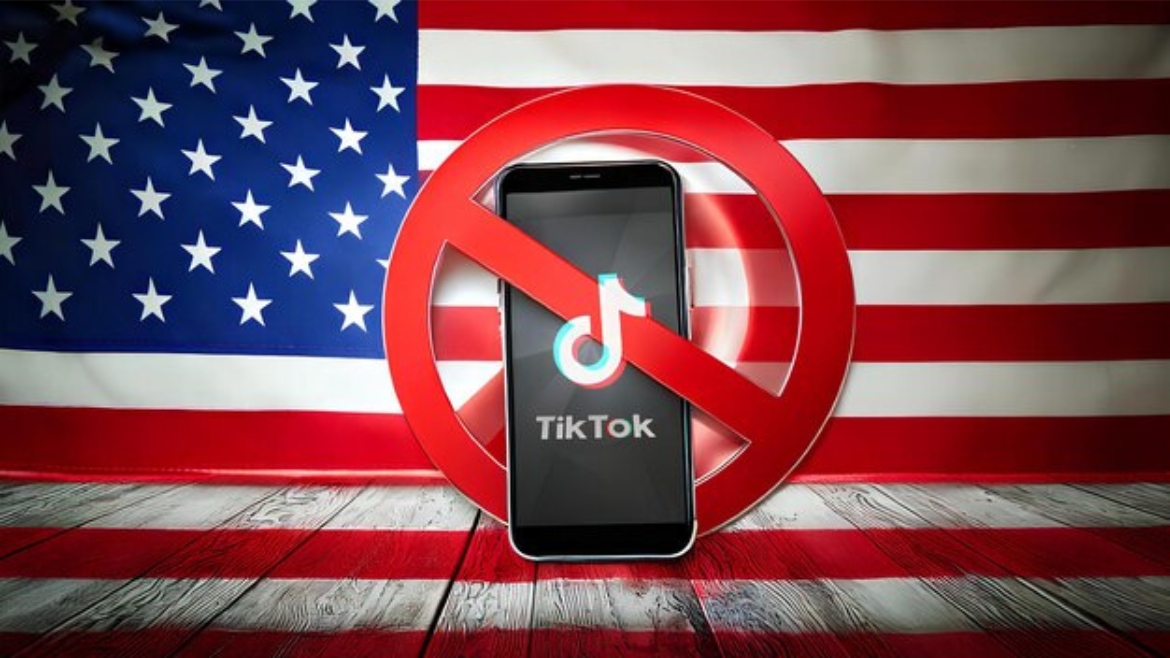Introduction
Businesses today have much more flexibility and options to cater to their target markets than ever in the past. There are primarily two broad categories wherein they can engage, which include the digital and the traditional methods. What is the difference, and how will you choose better for your company? Let us discuss this with greater detail further, the merits and demerits of either, and how best to make an appropriate choice from either category based on your requirements.
What is Digital Marketing?
Digital marketing is any kind of marketing that takes place online. This includes:
1) Social Media Marketing:
Social media involves all kinds of activities where communication occurs via different tools that operate mostly through platforms with huge communities using: Facebook, Instagram, Twitter, LinkedIn, or TikTok and the others.
2) Email Marketing:
For a commercial undertaking, which would now become customer-oriented, using this powerful channel of accessing a wider network, can generate posts, stories, or place advertisements that directly speak to one's customer.
3) Content Marketing:
This refers to developing valuable content like blogs, videos, infographics, and podcasts to attract and engage with your customers. This positions your brand as an authority in your industry.
4) Search Engine Optimization (SEO):
It ensures the optimization of the website to rank high in the search engine result pages. This is done by doing keyword research, creating quality content, and structuring the website.
5) PPC or Pay-Per-Click:
You pay only for the clicks on search engine ads (for example, Google Ads) or social media (for example, Facebook Ads).
The benefits of digital marketing
It is cheaper than any other form of traditional marketing. For example, an advertisement on Facebook would be less expensive than a newspaper advertisement that occupies the entire page.
1) Audience-based reach:
In this approach, you can address your message only to those audiences who fit specific demographics, interests, and online behaviour as well.
2) Real-time Results:
By using tools like Google Analytics you can track your campaigns in real-time and make proper adjustments promptly to enhance performance.
3) Massive reach:
Your message will reach an audience worldwide with lightning speed, making it a perfect method for businesses wanting to expand out of the local markets.
4) Engagement:
Digital marketing allows direct interaction with customers through comments, messages, and reviews. This will create a relationship that builds loyalty.
Disadvantages of Digital Marketing
1) Complexity:
It is complex because it involves many channels, tools, and changing algorithms. Companies may have to spend time and resources to be updated.
2) Dependence on Technology:
Internet access and skills in technology are required. Small businesses without a solid online presence will be left behind.
3) Short Attention Spans:
Internet users are known to have short attention spans, and it becomes even more challenging to capture and hold people's attention. Good content is a must.
What is Traditional Marketing?
Conventional marketing comprises all those marks that are not via the internet. These comprise the following
1) Print Advertising:
Newspaper, magazines, brochures, and fliers. This can be sent to particular places or even in the mail directly to consumers.
2) Television and Radio Ads:
Commercials that run on TV or radio stations. They can reach huge audiences but are very costly to produce and broadcast.
3) Direct Mail:
Mailing physical pieces such as postcards or catalogues to the home of a customer. This is highly targeted by demographics or purchasing history.
4) Billboards:
Large outdoor advertisements in high-traffic areas. They offer constant visibility but are very costly and not as targeted.
Advantages of Traditional Marketing
1) Established Methods:
People still tend to believe the advertisements, especially the older generation who may not sit longer to consume online content.
2) Local Reach:
Perfect for targeting local clients since print and direct mailing is excellent. Businesses in local niches thrive with locally-based adverts.
3) Tangible:
The physical materials somehow cause a better impression. Some people may hold the brochures or flyers for a while, but digital advertisements may quickly disappear with clean-up.
4) Preferred for Target Markets:
More traditional marketing would resonate better with elderly generations. For this population, familiarity is comfortable.
Limitations of Traditional Marketing
1) Higher Budgets:
The costs for the old style marketing can be greater, such as in TV and print. A significant budget upfront is usually necessary.
2) Not So Trackable:
Traditional advertising can't track how effective its marketing efforts were so well. Tracking codes for a few techniques do exist but will not come anywhere near the kind of analysis offered with digital metrics.
3) Less Targeted:
Reaching specific groups can be challenging. For example, a newspaper ad may reach a broad audience without the ability to target specific segments.
4) Slower Results:
Traditional methods may take longer to show results, as building brand awareness through print or TV can be a gradual process.
Which is Best for Your Business?
Choosing between digital and traditional marketing depends on several factors:
1) Target Audience
Younger Audience
If your business targets younger people (under 35), digital marketing is probably more effective. This demographic spends a lot of time online.
Older Audience
For older demographics, traditional methods may be better. Many people over 50 still prefer print media and television.
2) Budget
Low Budget
In case your budget is low, then digital marketing may provide cheaper options, like social media ads or email campaigns.
Higher Budget
If you have a good budget, you can go for both at the same time to reach out to a more extensive audience.
3) Business Goals
Quick Results
If you are looking for instant results, digital marketing is your best bet. Campaigns can be launched and adjusted very quickly.
Brand Building
Traditional marketing can help create a brand over time, especially for businesses trying to build a strong local presence.
4) Industry Type
Local Businesses
Ancillary methods can work if your business is concerned with local customers only; for example, restaurants or retail shops.
E-commerce
For online stores, the digital way is a must. They can generate traffic and revenue through SEO, social media, and PPC.
5) Content Type
Visual Products
If your products are visually appealing (like fashion or home decor), social media and print ads can showcase them effectively.
Service-Based Businesses
For services (like consulting), content marketing (blogs, videos) can help establish authority and trust.
Difference Between Digital Marketing and Traditional Marketing
1) Targeting Audience:
Digital Marketing allows you to target the desired audience concerning age, interests, and location.
Traditional Marketing targets a wide range of audiences without much customization.
2) Cost:
Digital Marketing is less expensive and works out well with small budgets.
Traditional Marketing is also expensive, mainly for print or TV ads.
3) Measurability:
Digital Marketing will give you real-time information and data on how to track performance easily.
Traditional Marketing makes it harder to know the exact mark of success.
4) Reach:
Digital Marketing can reach people globally using the internet.
Traditional Marketing focuses on local or national markets through TV, radio, or newspapers.
5) Engagement:
Digital Marketing is interactive whereby a business engages with the clients directly, be it through likes or comments made on social media.
Traditional marketing has minimal interactive features and therefore mostly one-way.
6) Credibility:
With digital marketing, one tends to become less credible to their clients simply because of web frauds, and fake advertisements online.
Traditional Marketing is often much more reliable since these are well-known media tools such as magazines or television
Best Method: A Combination of Both
Many organizations have been doing pretty well by taking a hybrid marketing approach, combining both techniques. Thus, you get to enjoy the advantages of both worlds.
Conclusion
Digital marketing and traditional marketing both have pros and cons. It depends on knowing what your target is and how much money you have. Having an idea that will help work towards your goals gives you the room to use strengths in digital and traditional marketing to effectively reach customers.













